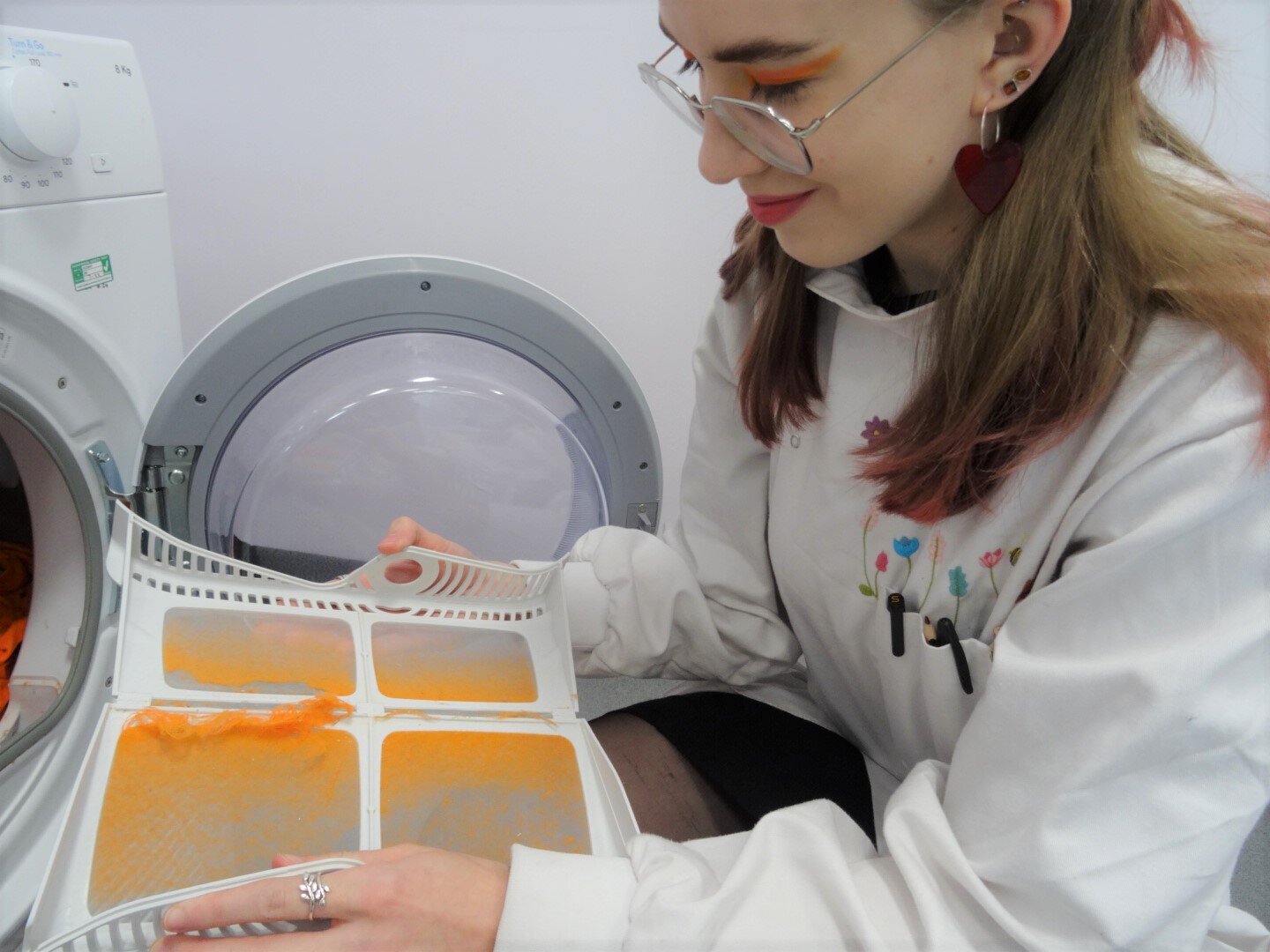A new study conducted by Neil J. Lant and his team at Procter & Gamble’s Newcastle Innovation Center suggests that condenser dryers, while reducing airborne microfibers compared to vented dryers, are significant contributors to waterborne microfiber pollution. The study found that both dryer types produce microfiber pollution, including water pollution from rinsing lint traps in the sink. The study calls for action from the appliance industry, trade associations, and legislators to mitigate the issue of environmental microfiber pollution.
The Study
To evaluate the environmental impact of condenser dryers, the researchers tested loads of new, clean garments, as well as dirty laundry sourced from volunteers in Newcastle upon Tyne, United Kingdom. They collected and analyzed microfibers from several components of each type of dryer. The researchers found that while condenser dryers are ventless and do not exhaust microfibers into the air, the lint filter, condenser, and condensed water are all significant sources of microfiber water pollution.
The study concludes that current plans to introduce microfiber filtration systems into washing machines are expected to reduce the environmental impact of that stage in the laundering process, suggesting that reapplication of similar approaches to tumble dryers is a logical next step. However, future research is needed to replicate the study using a larger sample size, as well as to explore strategies to sequester, dispose of, or eliminate laundry-based microfiber pollution.
The authors call for action from the appliance industry, trade associations, and legislators to recognize that all types of tumble dryer can be significant contributors to the problem of environmental microfiber pollution and begin efforts to mitigate this issue through revised usage instructions and improved appliance design.
Neil Lant, of Procter & Gamble, adds, “Our recent work in collaboration with Northumbria University has recognized, for the first time, that the most important tumble dryer types used in Europe (condenser and heat pump) can also be significant contributors to aquatic microfiber pollution, especially if users wash lint filters in a sink. We do over 2 billion dryer loads in the U.K. each year, generating around 2,000 tons of microfiber. We can prevent around 90% of that from causing water pollution by cleaning lint filters into household waste, but to deal with the rest we’ll need to redesign the air filtration systems in all types of dryers.”
John Dean, of Northumbria University, adds, “By working collaboratively with the Procter & Gamble Newcastle Innovation Center’s Dr. Neil Lant, and his colleagues, we have for the first time focused on microfiber release from vented and condenser dryers using real consumer laundry loads. It was found that the vast majority of microfibers released from dryers is collected in the lint filter, thereby preventing release into the environment. You realize that some manufacturers, however, then recommend regular washing of the lint filter under a running tap, which contributes directly to an increase of waterborne microfiber pollution.”
The study recommends a simple remedy for households to adopt. Instead of washing the lint filter under the tap after use in the tumble dryer, simply clean the filter either by hand, a light brush, cloth, or vacuum cleaner, and dispose of the collected fibers, as dry waste, in household waste. This simple and effective procedure can reduce microfiber release from tumble dryers and contribute to the protection of the global natural water environment.
The study highlights the need for the appliance industry, trade associations, and legislators to take action to mitigate environmental microfiber pollution. The study also recommends households to adopt simple practices to reduce microfiber release from tumble dryers.



Leave a Reply